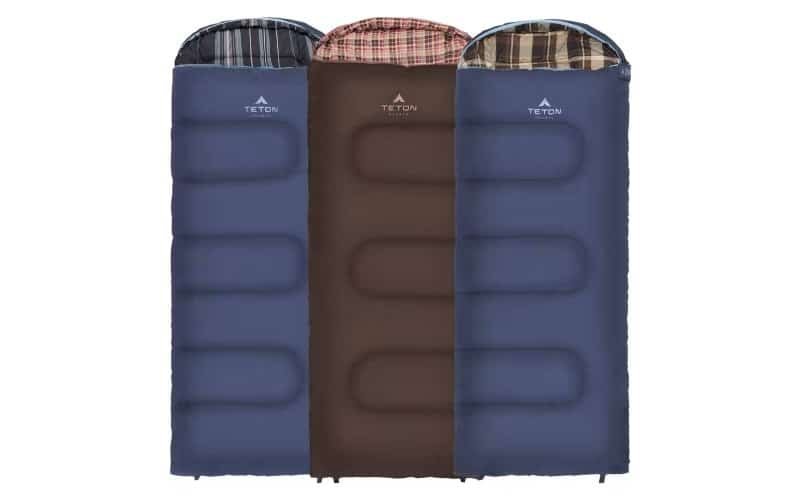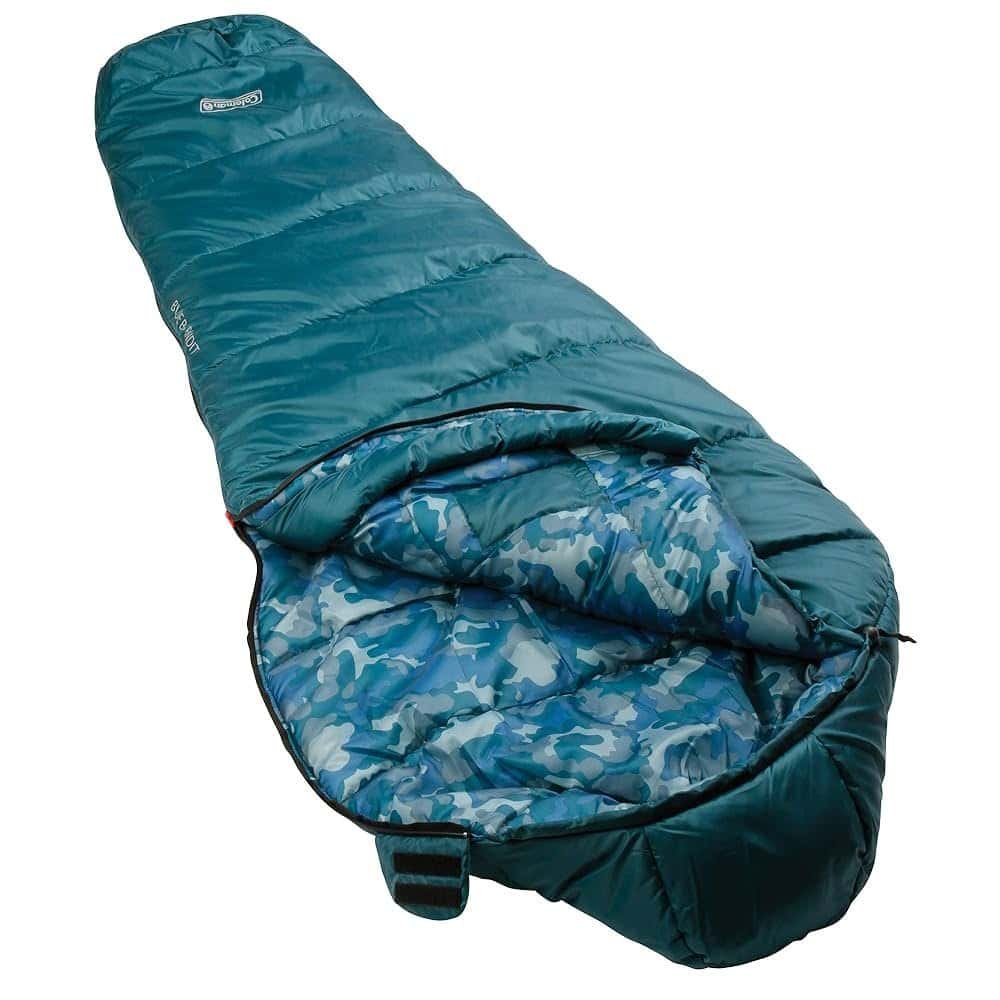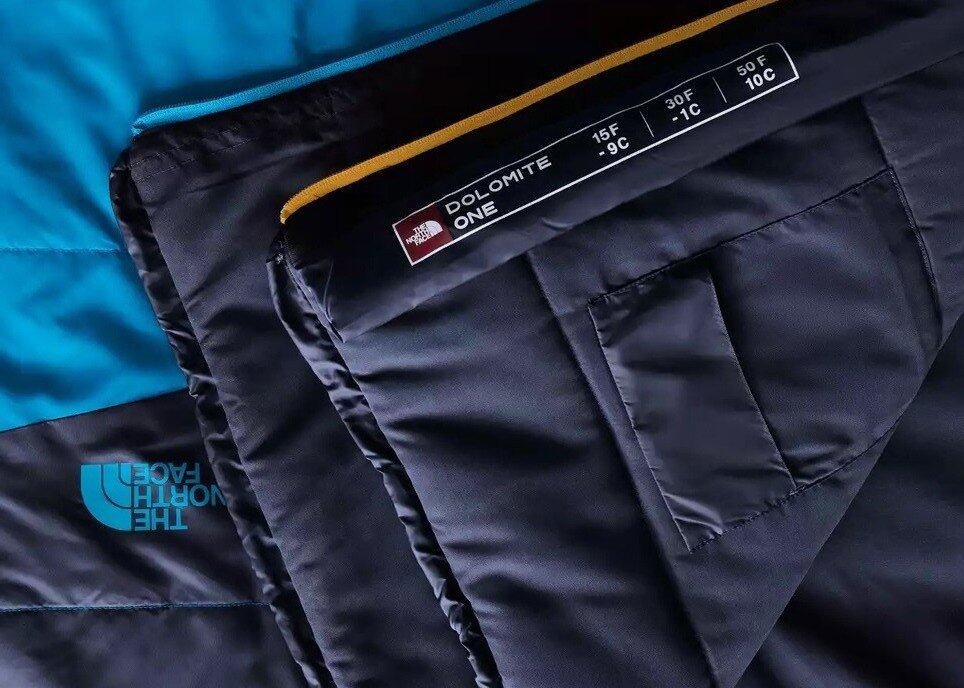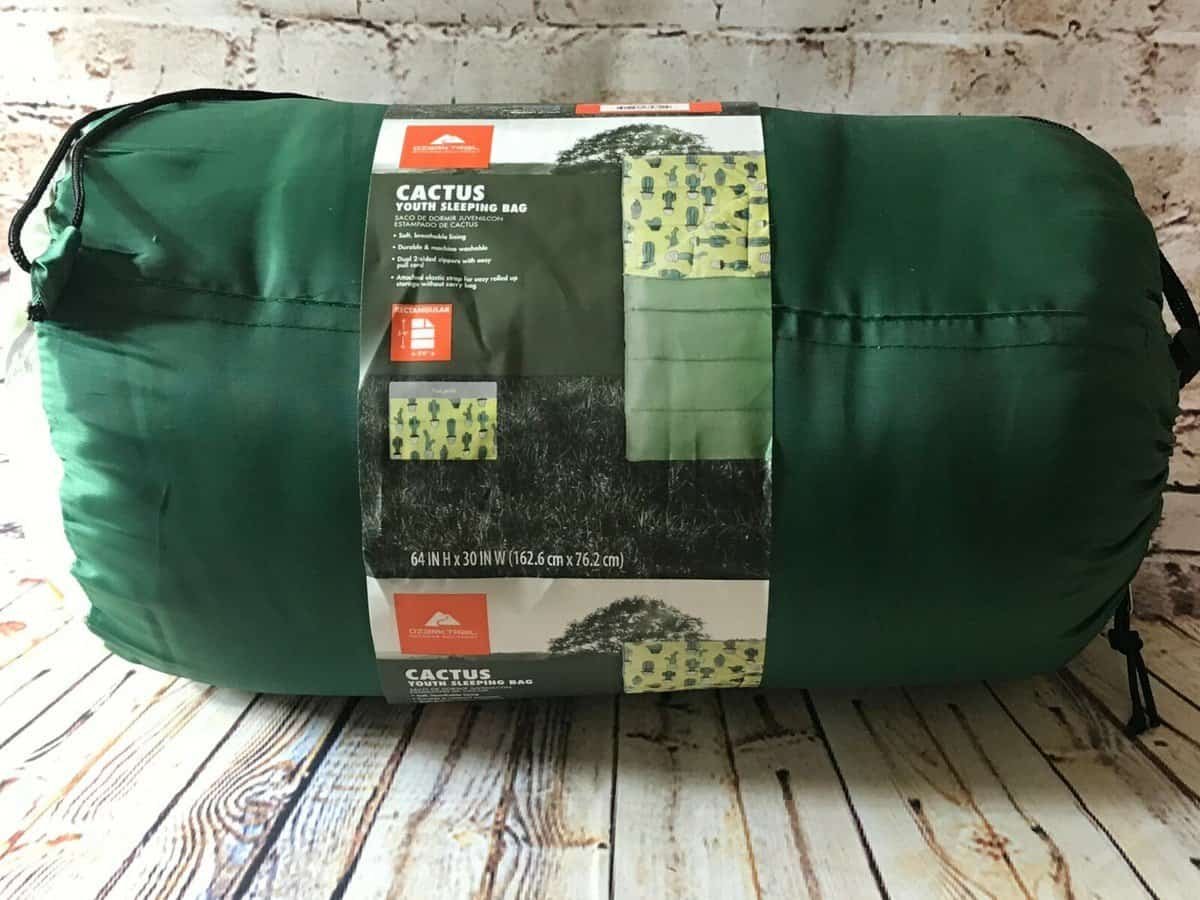Introduction
Nothing ruins a family camping trip faster than a shivering, uncomfortable child at 2 AM. Yet many parents unknowingly choose sleeping bags that sacrifice warmth for cute designs—or worse, overlook critical safety features like flame resistance.
At Kelyland Outdoors, we've tested hundreds of kids' sleeping bags with families and schools worldwide. The best ones combine three non-negotiables: safety-certified materials, climate-appropriate insulation, and kid-approved comfort—all while being durable enough for marshmallow mishaps and muddy adventures.
This guide cuts through the noise to spotlight sleeping bags that keep young campers toasty (and parents stress-free), with verified temperature ratings, easy-care fabrics, and designs kids beg to use. Because when bedtime feels like an adventure, everyone sleeps better under the stars.
Essential Features of Quality Kids Sleeping Bags
Choosing the right kids sleeping bag involves prioritizing safety, comfort, and durability to ensure a good night's sleep during outdoor adventures.
When selecting a kids sleeping bag, safety should always come first. Look for flame-retardant materials and certifications like CPSC or EN 13537, which ensure the product meets strict safety standards. A good children's sleeping bag will also have reinforced stitching to prevent tears and secure zippers to avoid pinching little fingers.
Temperature ratings are another critical factor. Warm kids sleeping bags should have clear labels indicating their comfort range, such as 30°F to 50°F for summer camping or 0°F to 20°F for colder climates. Parents should match the rating to their child's camping environment to avoid overheating or shivering.
Comfort features make a big difference for young campers. Padded hoods, soft linings, and adjustable drawstrings help kids stay cozy all night. Some bags even include fun themes like dinosaurs or stars to make bedtime more exciting. Machine-washable fabrics are a must for easy cleaning after messy outdoor trips.
Key Features Comparison for Kids Sleeping Bags
| Feature | Basic Option | Mid-Range | Premium Option | Industry Standard |
|---|---|---|---|---|
| Flame Resistance | No | Partial | Fully Certified | Partial |
| Temperature Rating Accuracy | ±10°F | ±5°F | ±2°F | ±5°F |
| Comfort Padding | None | Thin Layer | Memory Foam | Thin Layer |
| Wash Cycles Before Wear | 20 | 50 | 100+ | 50 |
| Custom Design Options | No | Limited | Full Customization | Limited |
For businesses looking to source quality kids sleeping bags, Kelyland Outdoors offers B2B solutions with customizable safety and comfort features. Our ride-or-die approach ensures each product meets strict quality standards while allowing for unique branding opportunities.
Understanding how to choose a kids sleeping bag for camping means balancing safety, warmth, and fun. By focusing on certified materials, accurate temperature ratings, and child-friendly designs, parents can ensure their little campers stay comfortable on every adventure.

Top 5 Kids Sleeping Bags for Camping (2024 Review)
Our expert review highlights the best kids sleeping bags for camping, balancing warmth, safety, and fun designs for young adventurers.
Finding the best kids sleeping bags requires evaluating warmth, durability, and child-friendly features. After testing numerous options, we've selected top performers for different camping needs. These kids camp sleeping bags meet strict safety standards while offering comfort for outdoor adventures.
2024's Top Kids Sleeping Bags Comparison
| Model | Temperature Rating | Weight | Special Features | Best For |
|---|---|---|---|---|
| Coleman Kids 30°F | 30°F | 3.2 lbs | Roll control system | Best Overall |
| REI Co-op Kindercone 25 | 25°F | 2.8 lbs | Water-resistant shell | Cold Weather |
| Teton Sports Junior | 40°F | 2.5 lbs | Soft fleece lining | Budget Option |
| The North Face Youth Dolomite | 20°F | 3.5 lbs | Compression sack included | Backpacking |
| Ozark Trail Kids | 50°F | 2.1 lbs | Fun character designs | Sleepovers |
The Coleman Kids 30°F bag earns our top spot with its balanced warmth and easy-to-use design. Its Thermolock system prevents heat loss while the roll control feature helps children pack it independently. For businesses, Kelyland Outdoors offers similar quality through OEM production with custom branding options.
When choosing the best kids sleeping bags for camping, consider your child's typical camping environment. The REI Co-op Kindercone 25 excels in cold conditions with its water-resistant shell, while the lightweight Teton Sports Junior provides excellent value for occasional campers.
Sleeping bags for camping should match a child's size and activity level. The North Face Youth Dolomite offers technical features for serious backpacking trips, while the Ozark Trail's playful designs make sleepovers special. All our recommended options meet safety standards and use child-friendly materials.

Choosing the Right Size and Insulation Type
Selecting the perfect kids sleeping bag requires matching size and insulation to your child's age, camping conditions, and personal comfort needs.
Proper sizing is crucial for both warmth and safety in children's sleeping bags. Most manufacturers provide age-based size charts, but measuring your child's height while standing provides the most accurate fit. A well-fitted warm kids sleeping bag should allow about 6 inches of extra length for comfort without being so large that heat escapes.
Kids Sleeping Bag Size Guide
| Age Range | Height Range | Bag Length | Weight Capacity | Recommended Use |
|---|---|---|---|---|
| 3-5 years | 36-44" | 50" | 60 lbs | Car camping |
| 6-8 years | 45-52" | 58" | 80 lbs | Scout trips |
| 9-12 years | 53-60" | 66" | 100 lbs | Backpacking |
| Teen | 61"+ | 72" | 150 lbs | All-purpose |
| Custom Sizes | Any | Tailored | Variable | Special needs |
Understanding how to choose kids sleeping bag size involves more than just length. The insulation type significantly impacts performance. Down insulation offers superior warmth-to-weight ratio but loses effectiveness when wet, while synthetic insulation maintains warmth even in damp conditions and is easier to clean - ideal for young campers.
EN temperature ratings provide standardized warmth measurements. The comfort rating indicates the lowest temperature at which an average child will sleep comfortably. Kelyland's manufacturing capabilities allow for custom sizing and insulation combinations, ensuring every child gets their perfect sleeping bag solution.
Weight considerations matter, especially for young backpackers. While down is lighter, modern synthetic fills have closed much of the gap. For most family camping trips under 40°F, a mid-weight synthetic kids sleeping bag provides the best balance of warmth, durability, and value.

Fun Designs That Kids Love (While Maintaining Safety)
Creating engaging kids sleeping bag designs requires balancing visual appeal with safety standards to ensure both fun and protection.
Popular character themes dominate children's sleeping bags, with dinosaurs, space themes, and cartoon characters being perennial favorites. These designs should use non-toxic, fade-resistant inks that meet CPSIA safety standards. Kelyland's design team specializes in creating custom patterns that align with current trends while maintaining all safety protocols.
Design Element Safety Analysis
| Feature | Popularity | Safety Considerations | Durability | Age Group |
|---|---|---|---|---|
| Glow-in-dark prints | High | Non-toxic phosphors | 50+ washes | 3-8 years |
| Character themes | Very High | Licensed materials | Varies | All ages |
| Interactive pockets | Medium | Secure stitching | 30+ washes | 6+ years |
| Matching pillows | High | Removable covers | 40+ washes | 4+ years |
| 3D elements | Growing | Reinforced attachments | 20+ washes | 5+ years |
Glow-in-the-dark elements add excitement to sleeping bags for sleepovers, but must use certified non-toxic materials. Our manufacturing process ensures these special features maintain their luminosity through multiple washes without compromising fabric integrity. The best kids sleeping bags combine these fun elements with practical safety features like breathable fabrics and secure zippers.
For schools and retailers, Kelyland offers complete design customization services for creating safe and fun sleeping bags for children. From initial concept to final production, we ensure all decorative elements meet international safety standards while capturing children's imaginations. Our design team stays current with trends to create appealing patterns that kids love.
Interactive features like storage pockets should have rounded edges and secure stitching. When designing matching accessories like pillows, we recommend removable covers for easy cleaning. These thoughtful details make children's sleeping bags more enjoyable while maintaining essential safety standards.

Care and Maintenance for Long-Lasting Use
Proper care extends the life of kids sleeping bags while maintaining their warmth and safety features through years of use.
Cleaning methods vary by material - synthetic children's sleeping bags typically handle machine washing better than down-filled versions. Always use mild detergent and avoid fabric softeners that can reduce insulation effectiveness. For how to clean kids sleeping bag properly, check manufacturer instructions as some require front-loading machines to prevent damage.
Sleeping Bag Maintenance Guide
| Maintenance Task | Frequency | Method | Special Considerations | Kelyland Advantage |
|---|---|---|---|---|
| Washing | After 5-7 uses | Gentle cycle | Use tennis balls to maintain loft | Reinforced stitching |
| Drying | After each wash | Low heat | Periodically fluff | Quick-dry fabrics |
| Storage | Seasonal | Loose in bag | Avoid compressed storage | Includes storage sack |
| Zipper Care | As needed | Wax lubrication | Clear debris regularly | Self-repairing zippers |
| Inspection | Pre-season | Visual check | Test seams and insulation | Reinforced stress points |
Proper storage maintains loft in kids camp sleeping bags. Store them loosely in breathable cotton sacks rather than compressed in stuff sacks. Kelyland's durable materials withstand repeated washing while maintaining thermal performance, thanks to specialized fabric treatments.
Minor repairs can extend the life of a sleeping bag. Fix small tears immediately with repair tape or patches to prevent insulation loss. Zipper issues often respond to cleaning and lubrication. Replace kids sleeping bags when insulation clumps permanently or fabric becomes brittle.
Seasonal maintenance ensures children's sleeping bags continue to perform well. Air them out after trips, spot clean stains promptly, and refresh insulation by tumble drying with tennis balls. These simple steps ensure years of comfortable use from quality sleeping bags.

Conclusion
After years of testing sleeping bags with families worldwide, I’ve learned one thing: a great night’s sleep outdoors starts with the right gear. It’s not just about warmth—it’s about safety, comfort, and designs that make kids actually want to crawl into their bags.
Whether you’re a parent prepping for a weekend trip or a business sourcing quality gear, remember: the best sleeping bags blend certified safety features with kid-approved coziness. That’s the "secret sauce" for stress-free camping—and happier memories under the stars.
Here’s to adventures where the only thing chilly is the morning air—not your little camper.
FAQ
-
Q1: What is a kids sleeping bag?
A1: A kids sleeping bag is a smaller, specially designed sleeping bag tailored for children, providing warmth and comfort for camping, sleepovers, or home use during nap time.
-
Q2: What should I look for in a kids sleeping bag?
A2: When choosing a kids sleeping bag, consider factors like insulation type, weight, temperature rating, and size. Also, ensure it has features such as an easy-to-use zipper and a fun design that your child will love.
-
Q3: Are children's sleeping bags safe?
A3: Yes, children's sleeping bags are designed with safety in mind, often using non-toxic materials and sizes suited for kids. Always check for any potential hazards, like loose parts or weak seams.
-
Q4: How do I clean a kids sleeping bag?
A4: Most kids sleeping bags can be machine washed on a gentle cycle with mild detergent. Always check the care label for specific instructions and avoid using fabric softeners to maintain insulation quality.
-
Q5: What is the best temperature rating for a kids sleeping bag?
A5: The best temperature rating for a kids' sleeping bag varies by climate, but generally, a rating between 30°F to 50°F is suitable for moderate weather. For colder outings, consider lower temperature ratings.
-
Q6: Can kids use adult sleeping bags?
A6: While kids can technically use adult sleeping bags, it's not recommended as they may be too large and difficult to manage. A sleeping bag designed for children will fit better and keep them warmer.
-
Q7: What materials are used in kids sleeping bags?
A7: Kids sleeping bags typically feature synthetic insulation, which is lightweight and moisture-resistant. The outer materials may vary but often include nylon or polyester for durability.
-
Q8: Where can I buy kids sleeping bags?
A8: Kids sleeping bags can be found in outdoor gear stores, department stores, and online retailers. Popular brands include Coleman, REI, and The North Face, which offer a variety of options.
External Links
- Kids Sleep Bags - Best Products Reviews
- Ultimate Guide to Kids Sleeping Bags - GearHungry
- Best Kids Sleeping Bags for Camping - Field Mag
- How to Choose the Right Sleeping Bag for Your Kid - BestReviews
- Camping Essentials for Kids - Outdoor Life
- Choosing the Right Sleeping Bag for Kids - Mom Goes Camping
- Warmest Kids Sleeping Bags for 2023 - Adventure Travel Family
- Safety Tips for Kids' Sleeping Bags - REI Co-op

